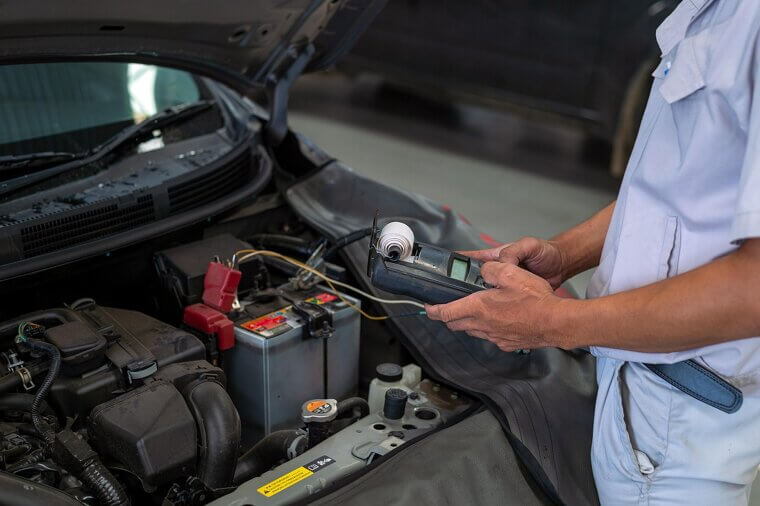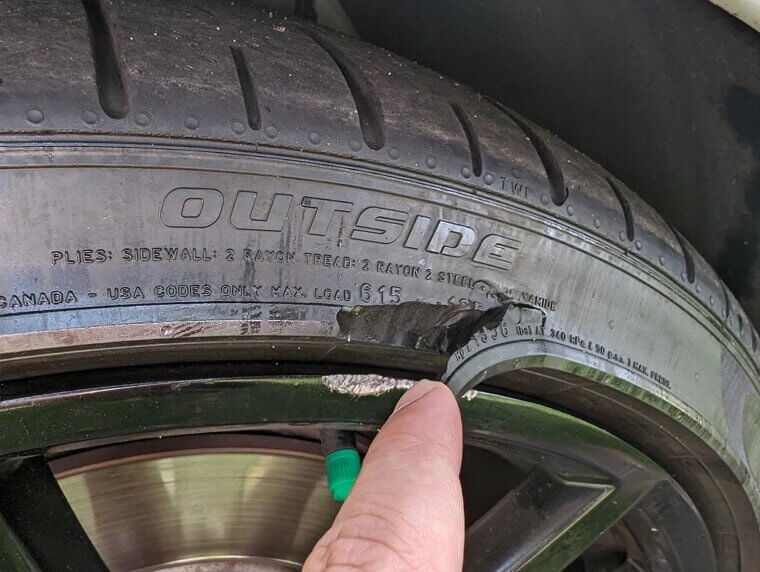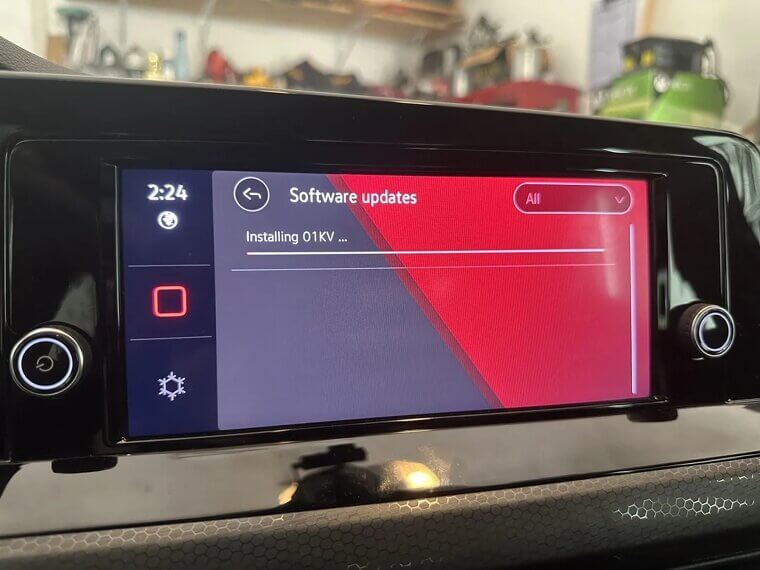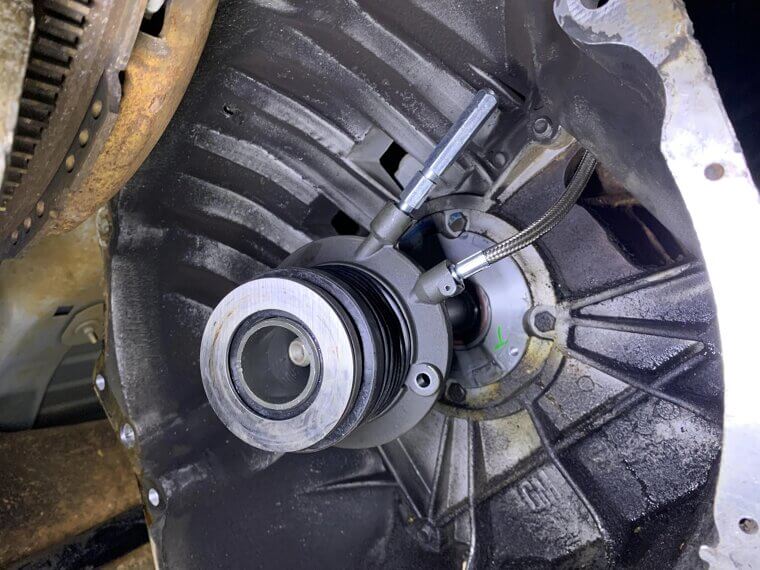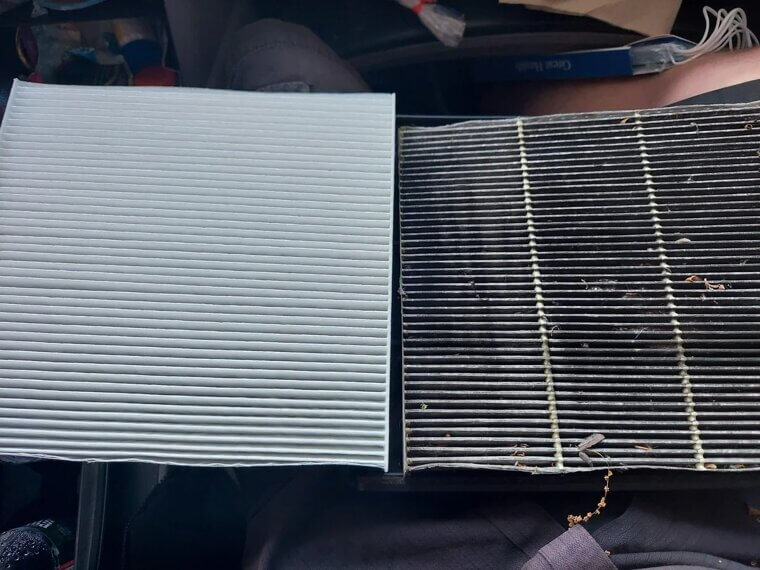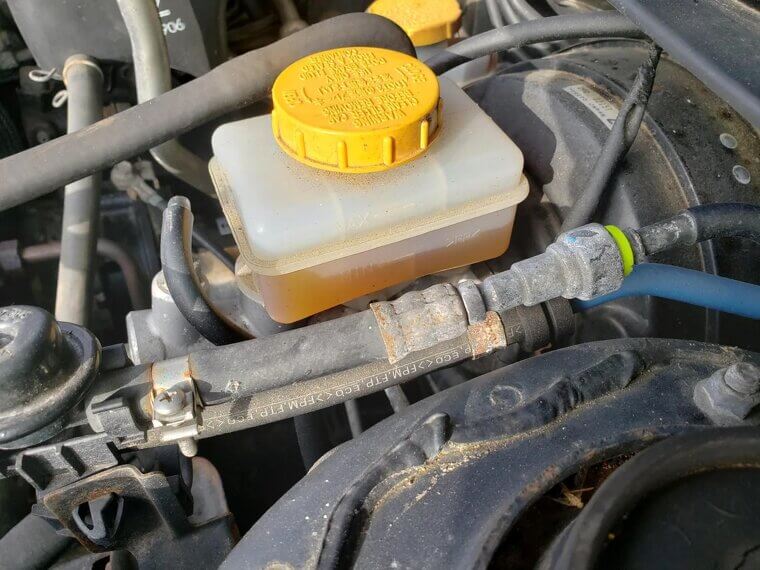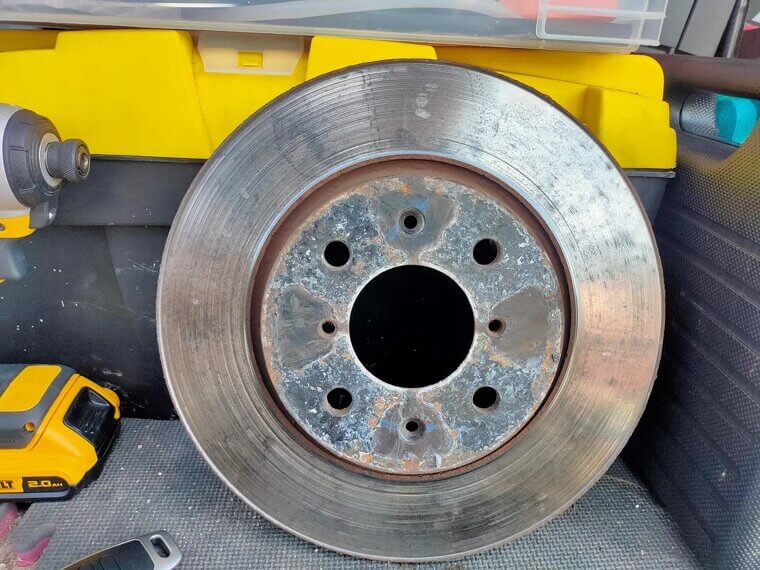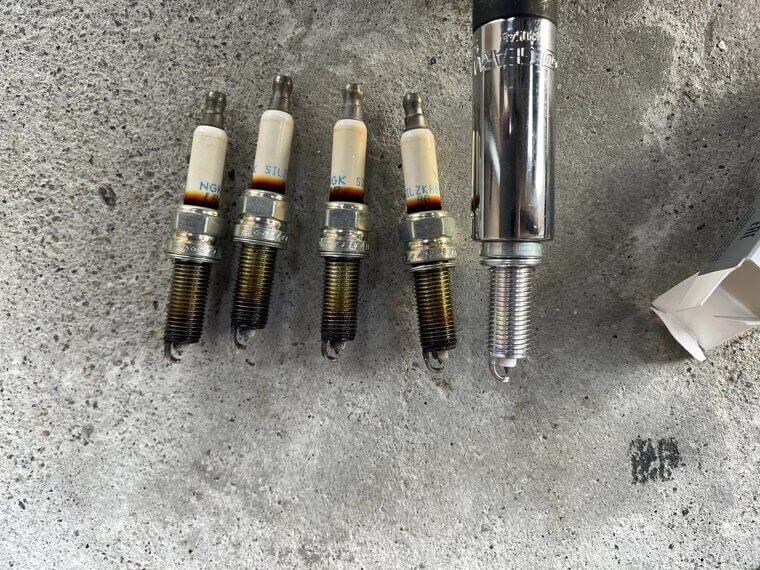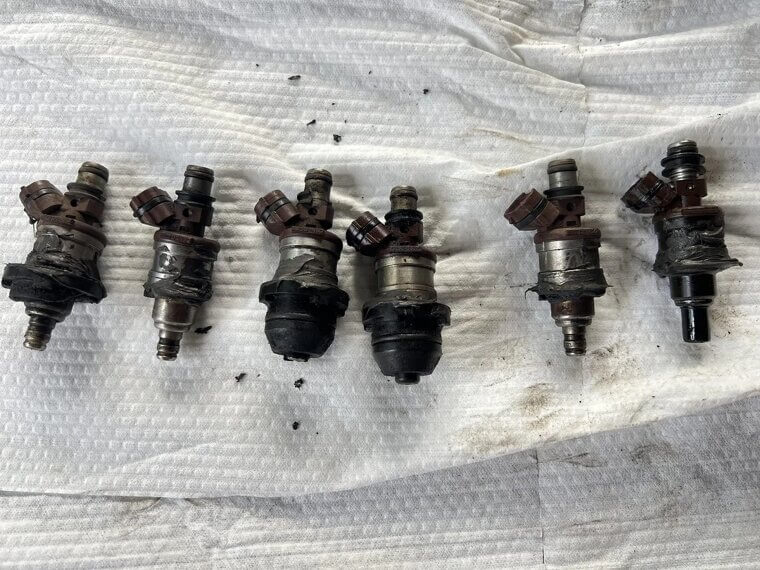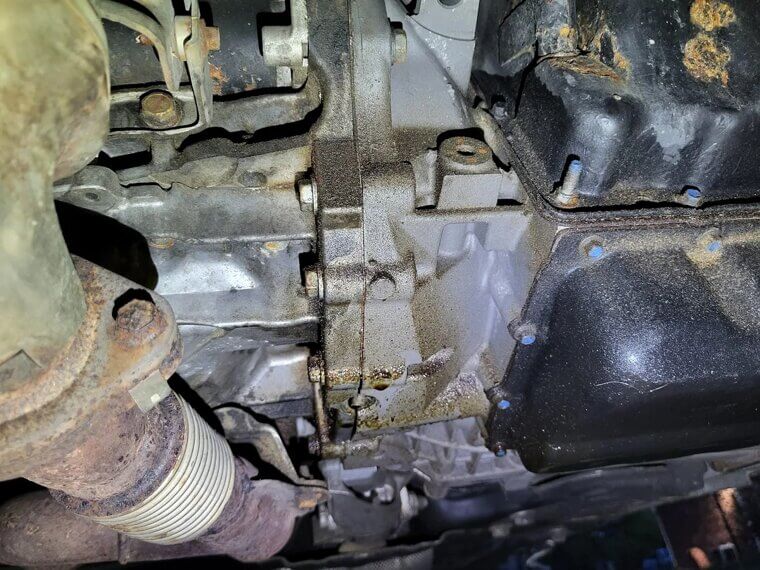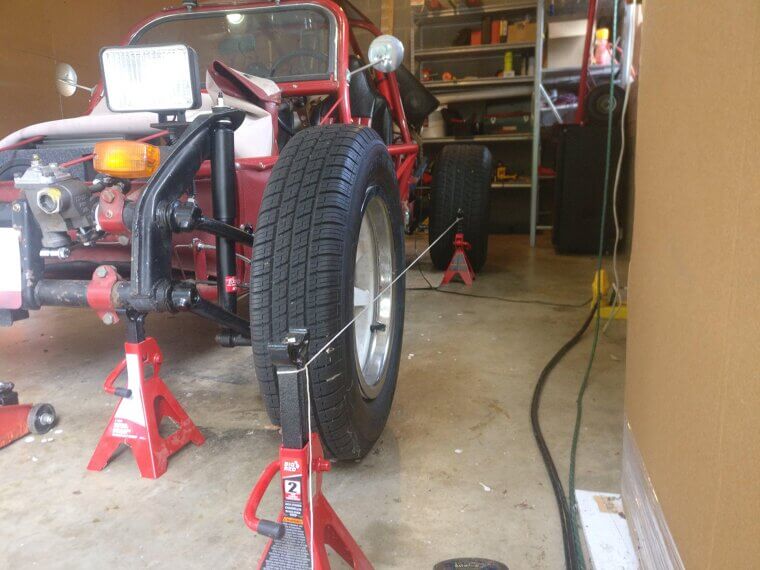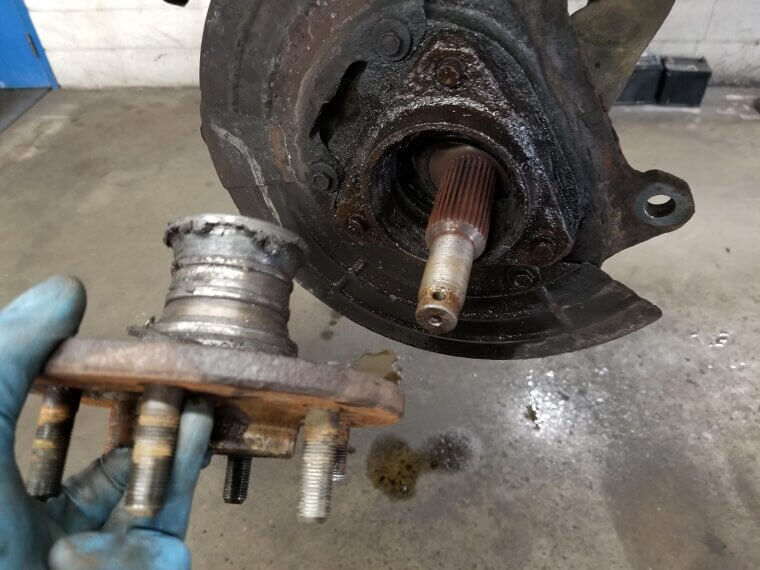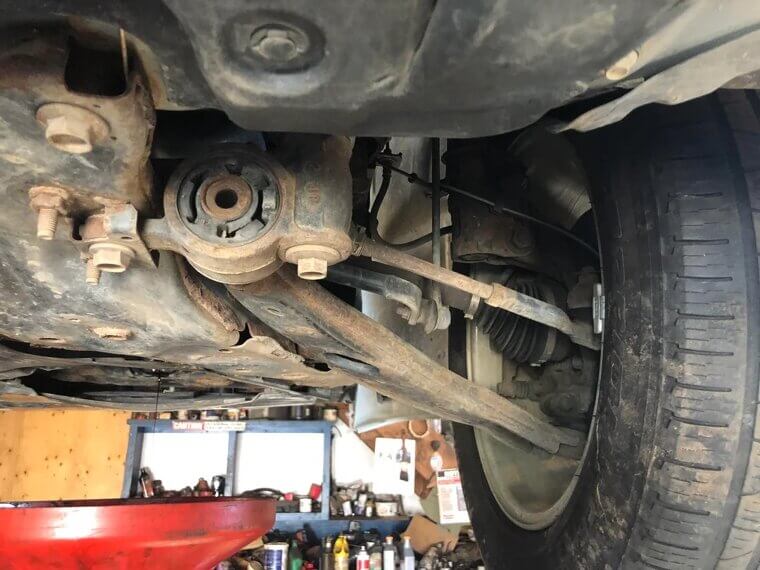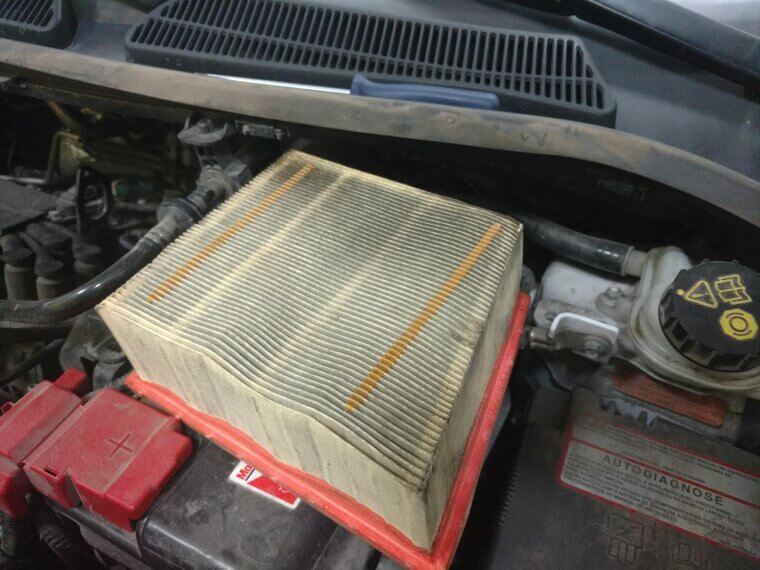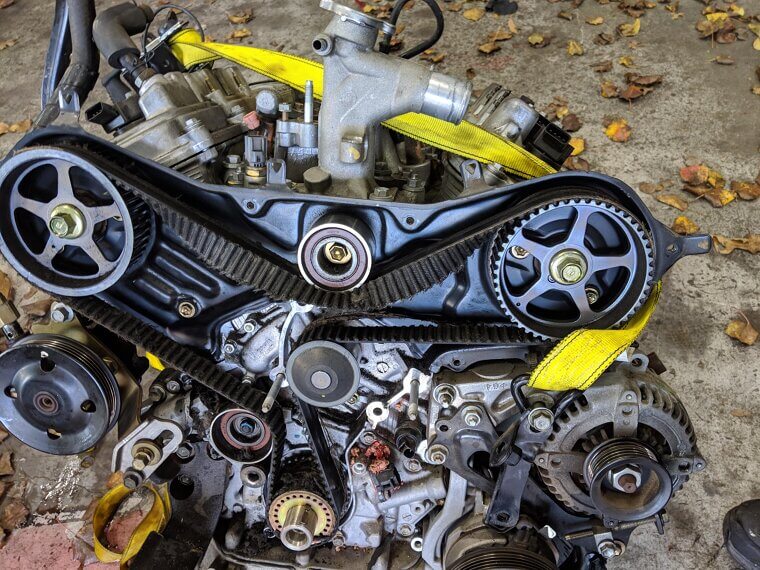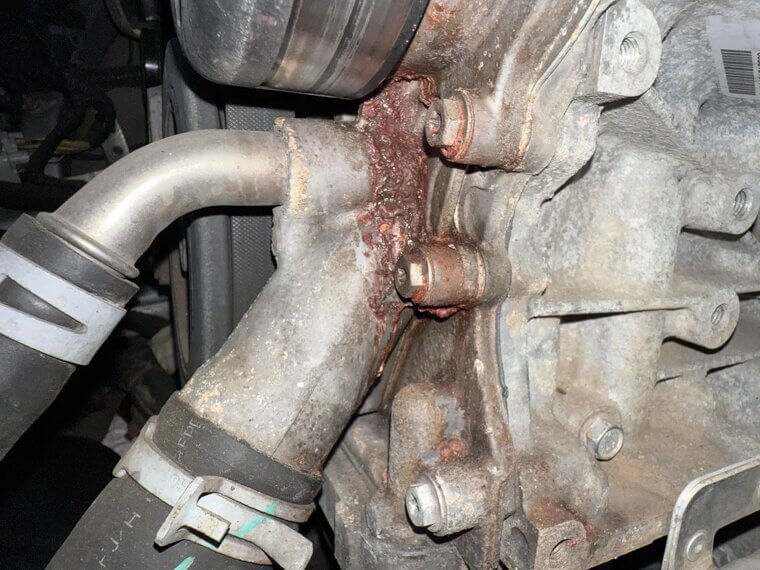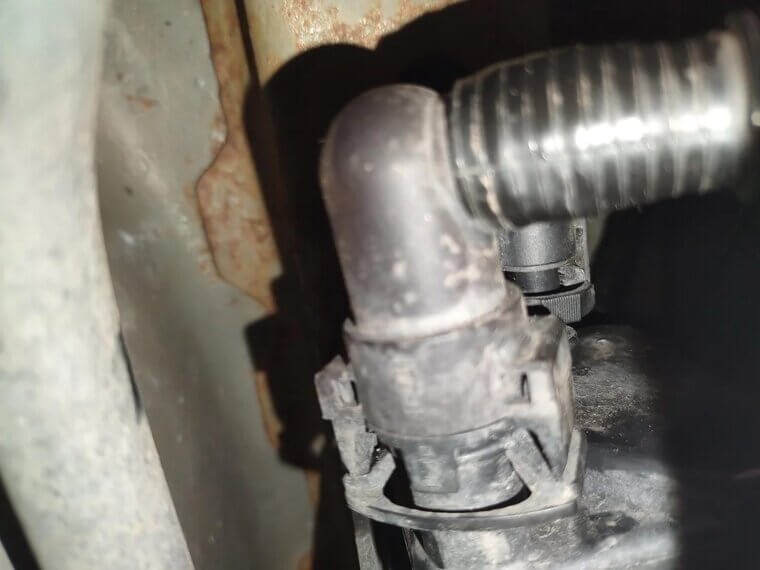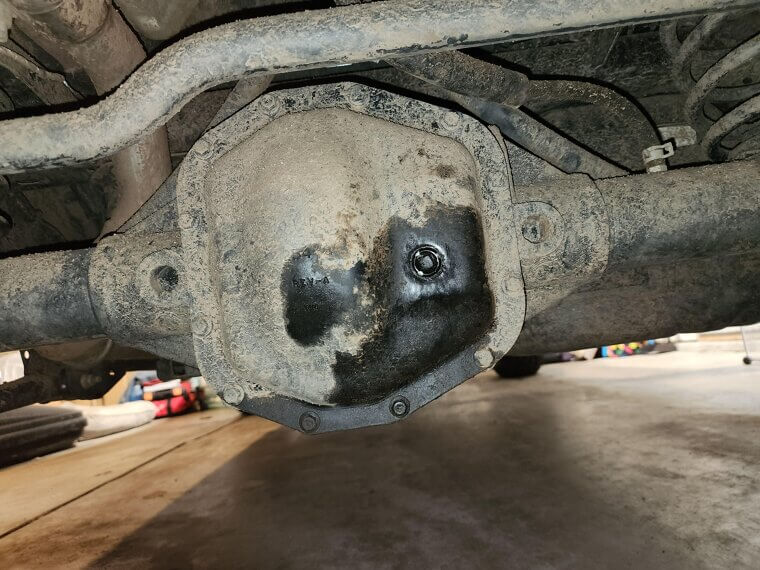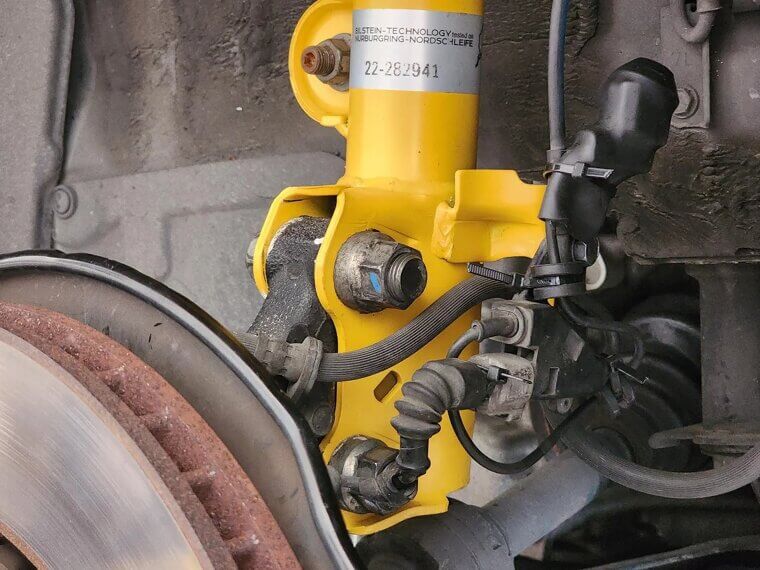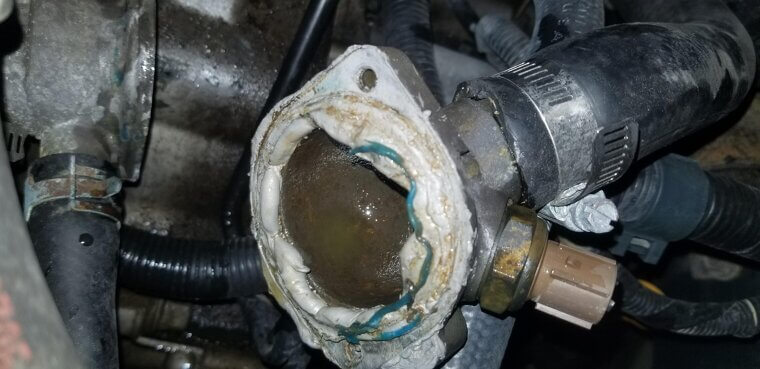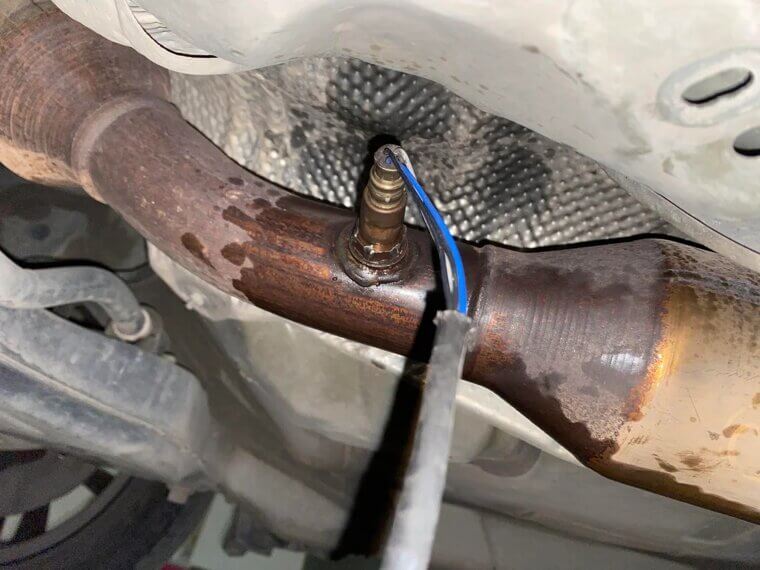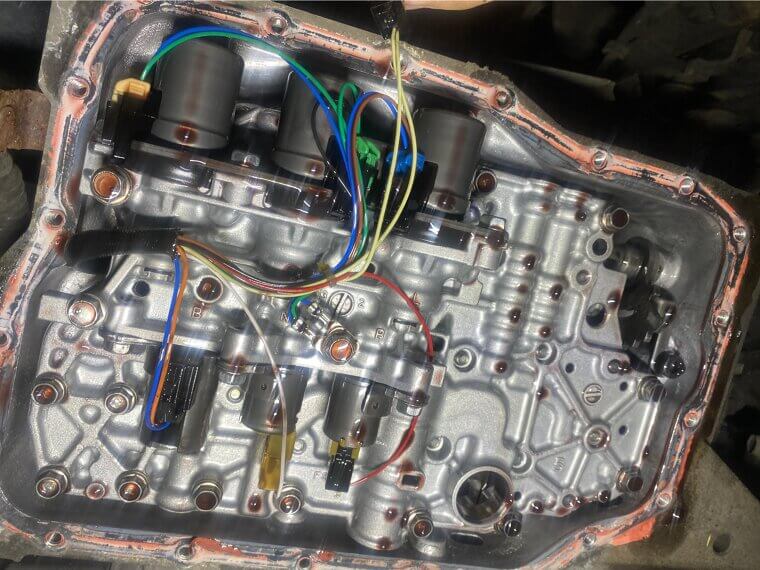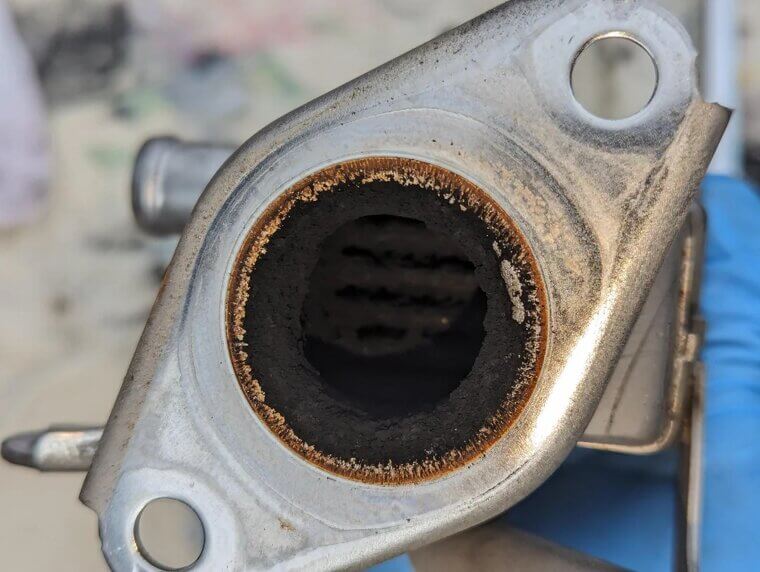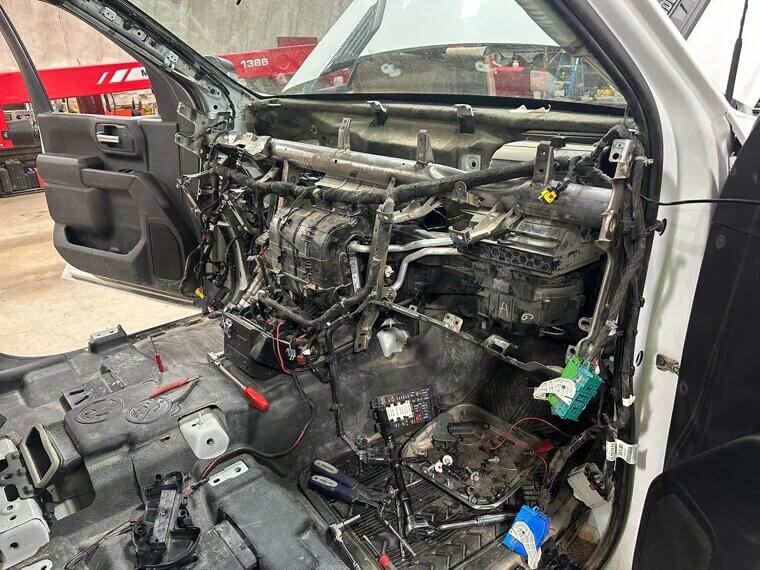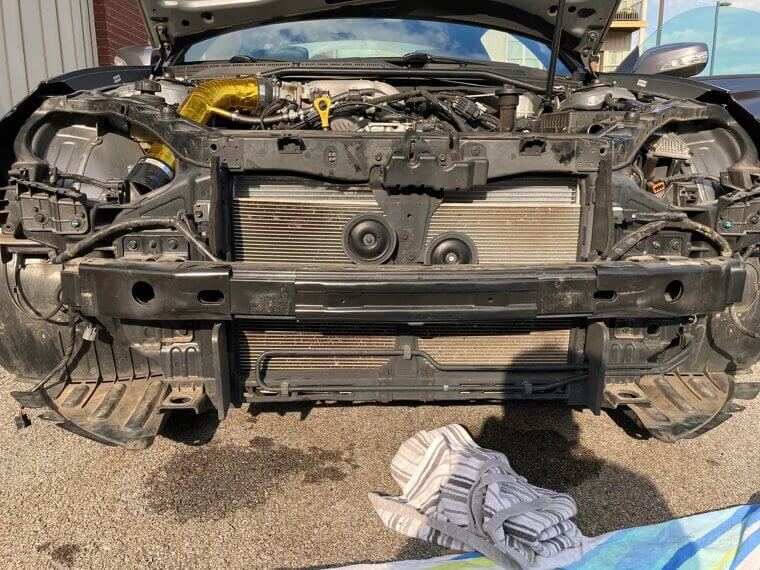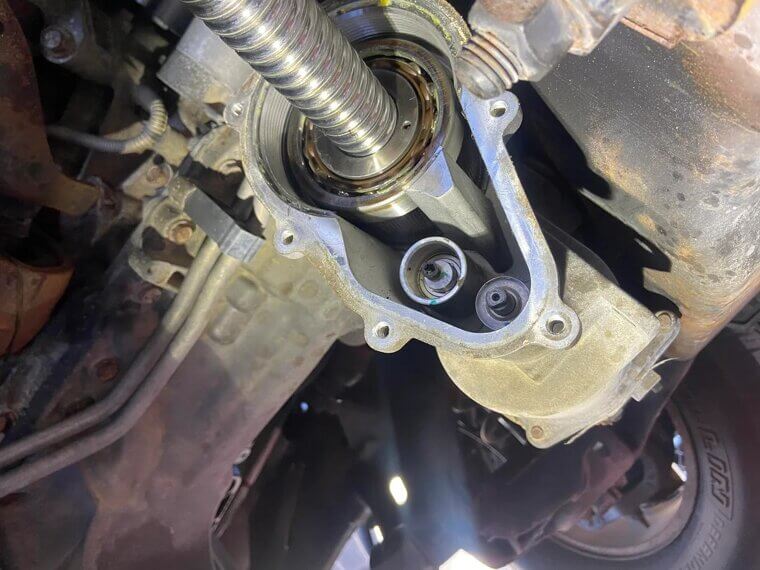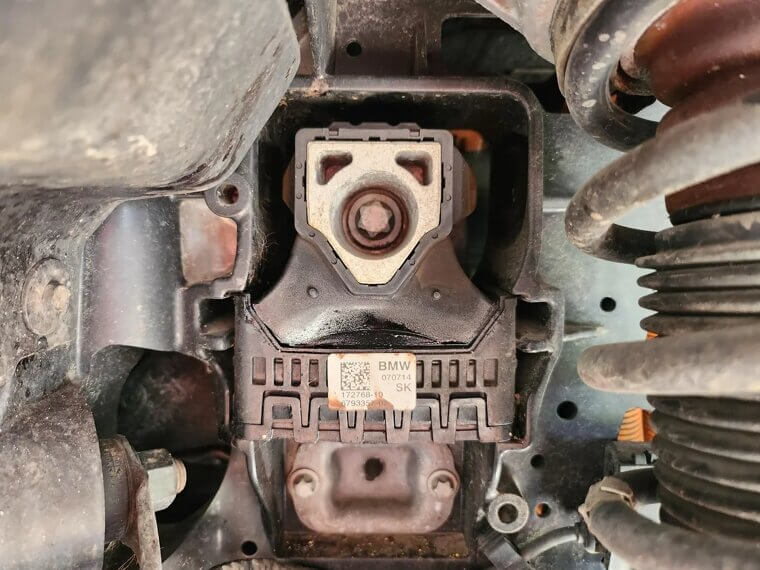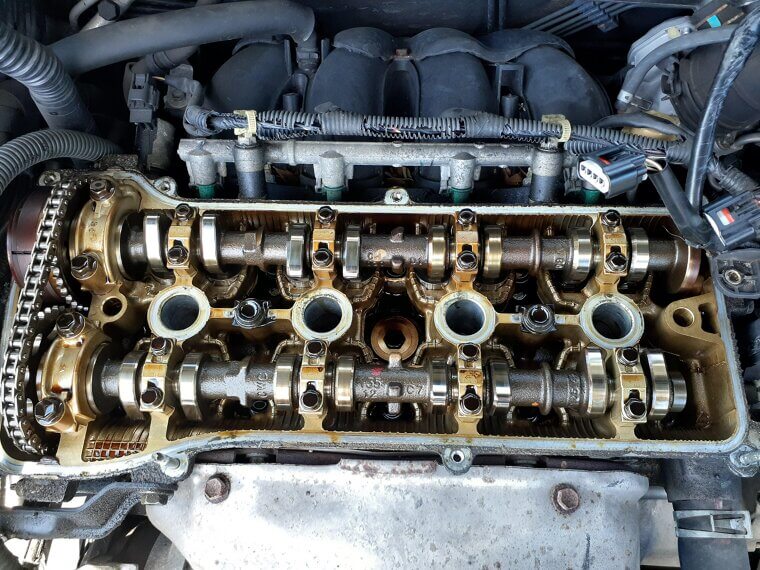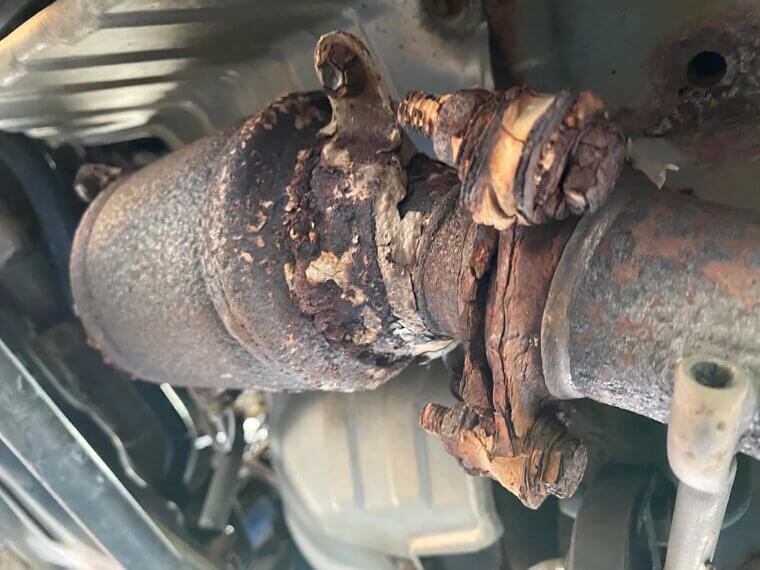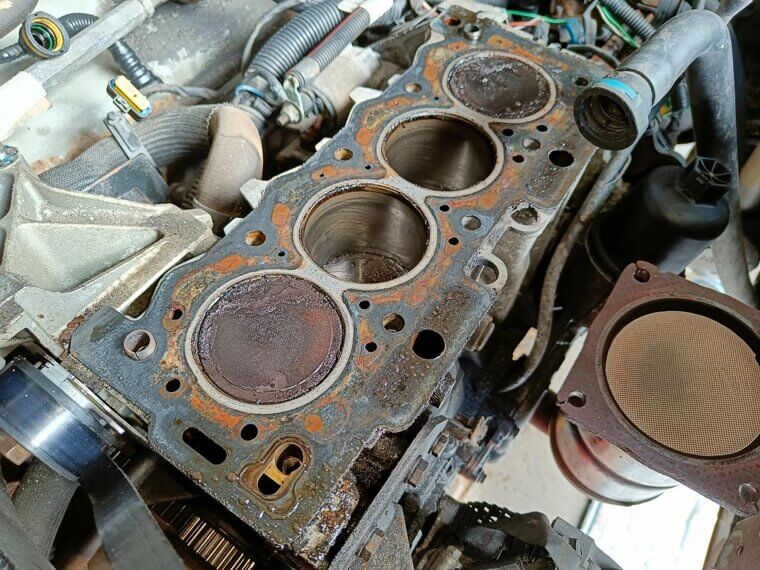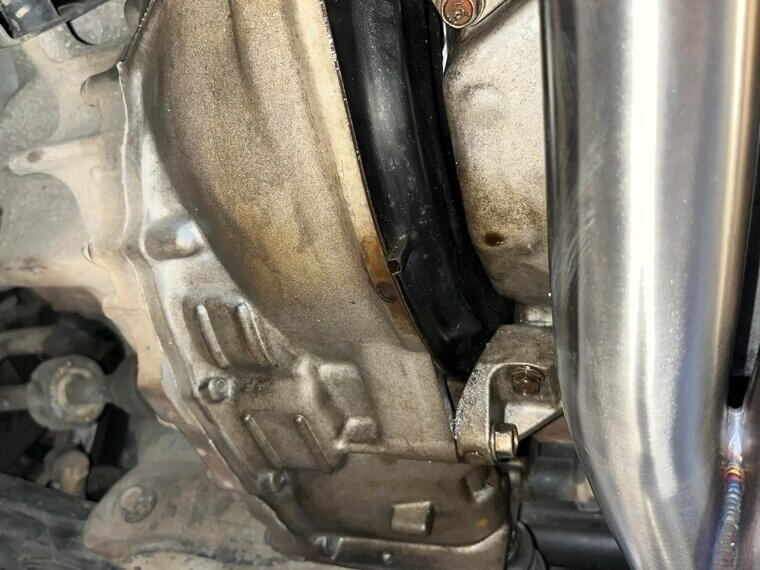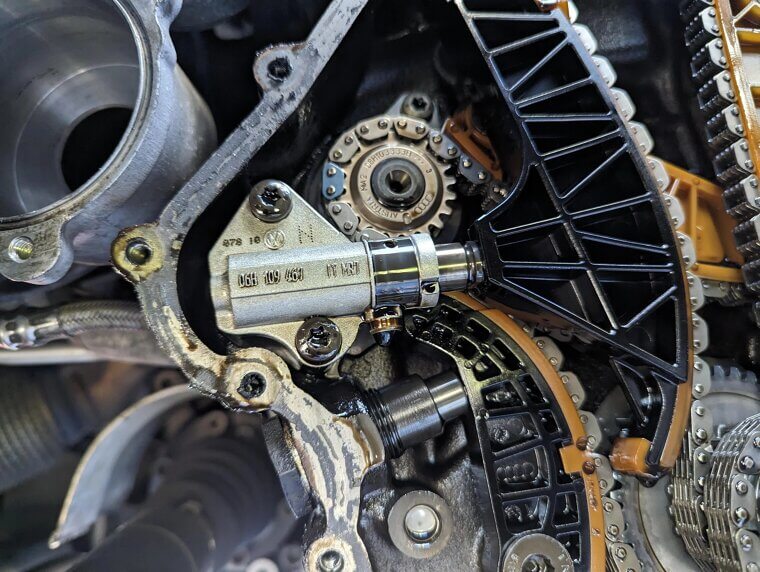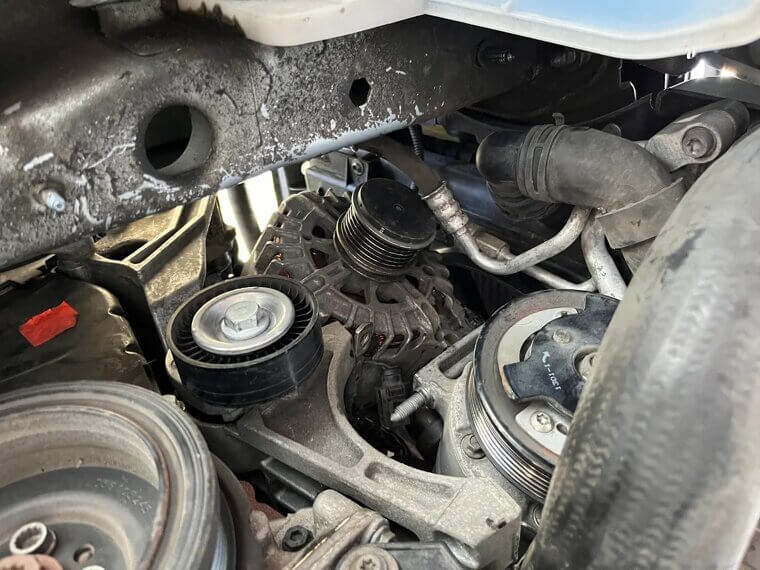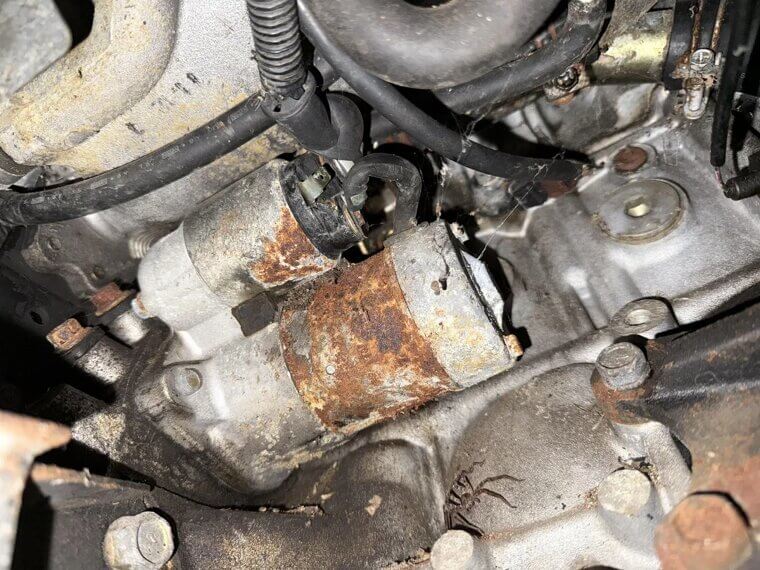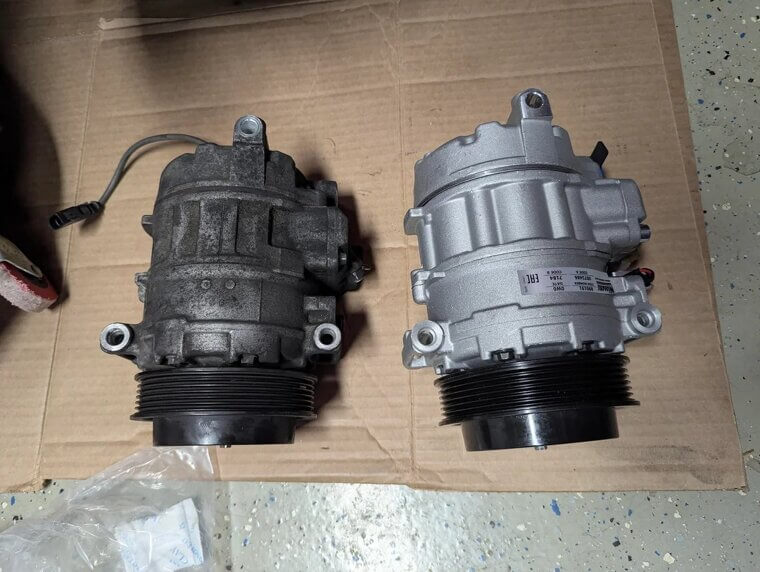Battery Replacement
Even before 30,000 miles, a battery can wear out—especially in hot places. Heat shortens its life by drying out the internal fluids. If your car starts slowly or your lights dim, it’s probably time for a new one. It’s a quick and easy fix.
Tire Replacement Due to Wear or Damage
By 30,000 miles, your tires may start to wear down or get damaged. If you see uneven tread or cracks, don’t wait; rather, replace them. Good tires mean safer handling and smoother driving, especially in bad weather. Take care of your tires, and they’ll take care of you.
Infotainment System Software Updates
Modern cars are like smartphones on wheels. Around 30,000 miles, your infotainment system might need an update. These updates fix bugs, improve Bluetooth, or add new features. It’s quick and usually done during a regular service visit at your local mechanic.
Clutch Hydraulic System Bleed
If you drive a manual, the clutch system might need a fluid bleed before 30,000 miles. This clears the air inside your system, keeping the clutch feeling smooth and easy. If the pedal feels spongy when pressed, a system bleed might fix the problem.
Cabin Air Filter Replacement
At around 30,000 miles, your cabin air filter tends to clog with dust and pollen. A dirty filter can result in weak airflow or musty smells making their way into your car. Replacing it keeps your air clean and fresh—it’s one of the simplest and cheapest fixes out there.
Brake Fluid Flush
Even low-mileage cars can benefit from fresh brake fluid. At around 30,000 miles, old fluid can absorb moisture and make brakes feel soft. A flush keeps your braking strong and responsive. It’s a relatively easy fix that’ll extend the life of your car.
Brake Pad and Rotor Replacement
Between 30,000 and 60,000 miles, your brake pads and rotors will likely need replacing. If you hear squeaking or grinding, don’t ignore it and get your car to the mechanic. Fresh brake pads make braking smooth and quiet again—and protect the rest of your brake system.
Spark Plug Replacement
At around 60,000 miles, spark plugs can wear out. If your engine misfires, runs rough, or uses more fuel, that’s your sign. New plugs keep your car running smoothly and improve gas mileage. It’s a small fix with big results.
Fuel Injector Cleaning
By the time your car hits 30,000 miles, you’ll start to notice carbon buildup in your fuel injectors. How? You’ll experience rough idling or sluggish acceleration. A professional cleaning helps your engine burn fuel better and perform like a brand new car again.
Transmission Fluid Change
Between 30,000 and 60,000 miles, you’ll need to change your car’s transmission fluid. Old fluid causes hard shifting or slipping gears, and nobody wants that. Fresh fluid helps your transmission last longer and keeps driving smooth. It’s an easy way to avoid expensive repairs later.
Wheel Alignment and Balancing
If your steering wheel shakes or your car drifts at higher speeds, it’s time for an alignment. Don’t worry, it’s pretty common around 60,000 miles. It prevents uneven tire wear and gives you a smoother, safer ride. It’s one of those fixes you’ll feel right away.
Wheel Bearing Replacement
Sometimes wheel bearings wear out early—before 60,000 miles. You’ll hear a humming or grinding sound while driving. Replacing them keeps your wheels spinning quietly and safely. Ignoring it for too long will only cause more damage, so don’t leave it.
Suspension Bushing Replacement
Suspension bushings can crack or wear out around the 60,000-mile mark. You’ll feel clunks or what feels like looseness in the steering. Replacing them makes your ride far safer and more stable. It’s not a flashy upgrade, but it makes your car feel new again.
Engine Air Filter Replacement
By 30,000–60,000 miles, the engine air filter usually needs changing. A dirty filter restricts airflow, causing your car to run sluggishly and less efficiently. It’s a cheap, quick fix that helps your engine breathe and perform better. A clean engine filter does wonders for your car.
Timing Belt Replacement
If your car has a timing belt, plan to replace it around 60,000–90,000 miles. If it breaks, it can destroy the engine. It’s expensive, but skipping repairs costs way more than fixing them before they break. Think of it as major engine protection.
Water Pump Replacement
The water pump keeps your engine cool, and it often wears out by 90,000 miles. Since it’s near the timing belt, both of these things are usually replaced together. Doing them at once saves you a bit of money on labor and prevents overheating problems down the line.
EVAP System Repairs
Your car’s EVAP system—responsible for trapping fuel vapors—might need fixing at the 90,000-mile mark. A bad valve or canister can easily trigger the check engine light. The fix? Well, that’s usually quick and helps your car stay in tip-top condition.
Differential Fluid Change
If you drive an SUV or truck, we recommend changing the differential fluid around 60,000 miles. It lubricates the gears in your axles. Fresh fluid means a quieter car and less wear, especially if you tow or go off-road often.
Active Suspension Component Replacement
Luxury and performance cars may need a bit of suspension work by 80,000 miles. If your ride feels rough or uneven, the air struts or magnetic dampers could be worn. It’s not cheap to replace, sure, but it brings back that smooth, comfortable drive.
Thermostat Replacement
By about 90,000 miles, your car’s thermostat can stick or fail completely. You might notice the temperature gauge behaving strangely or experiencing poor cabin heat. A new thermostat is easy to install and keeps your engine at the right temperature while also preventing overheating.
Oxygen Sensor Replacement
Around 80,000 miles, oxygen sensors can go bad, causing poor fuel economy or rough idling. Replacing them helps your car run cleaner and smoother—and keeps your gas mileage where it should be. You might want to take your car to the mechanic for this one.
Transmission Solenoid Pack Replacement
You might feel hard or delayed gear shifts when your car hits 80,000 miles. The cause? Worn solenoids inside the transmission. Replacing the whole pack helps your car shift smoothly again and can extend your transmission’s life. Your car will thank you!
EGR Valve or Cooler Replacement
Diesel engines often need EGR system work around 100,000 miles. Soot builds up and causes poor performance or rough idling. Cleaning or replacing the valve helps your engine run smoother and reduces emissions that do nothing more than push up your carbon footprint.
Heater Core Replacement
If your heater stops working or you smell coolant inside the cabin, the heater core might be leaking. It’s a tough job because it’s behind the dashboard, but at around 100,000 miles, it’s a common one. Yes, it's a tricky job, but it’s worth it.
Radiator Replacement
By 100,000 miles, radiators can corrode or leak. It’s way more common than you think, though. You’ll notice overheating or low coolant levels. Replacing it keeps your engine cool and avoids major engine damage. It’s a solid investment for long-term reliability.
Power Steering Pump or Rack Replacement
If your steering feels heavy or you hear whining noises, the pump or rack could be wearing out. Around this mileage, they’re due for replacement. Once it’s fixed or replaced, your steering will feel light and smooth again. It’s one of those things you just have to do.
Engine Mount Replacement
At about 100,000 miles, your car’s engine mounts can crack or wear out. You’ll feel more vibration in the cabin or hear clunks when shifting when this happens. Replacing them really keeps your engine stable and your ride way smoother.
Valve Cover Gasket Replacement
Oil leaking from the top of your engine usually means the valve cover gasket has failed. Around 90,000–120,000 miles, it’s common. It’s a simple repair that stops leaks and prevents that burning oil smell when you’re cruising down the highway.
Catalytic Converter Replacement
At this point, catalytic converters can clog or fail, especially if the car burns oil. You might see a check engine light or lose power completely. Replacing it keeps your car running clean and efficient—but it’s a costly one that only a mechanic can do.
Cylinder Head Gasket Replacement
Over 120,000 miles, a blown head gasket can easily happen due to heat and wear. You’ll see white smoke coming out of your car’s hood or coolant loss. It’s a major repair, but it really saves your engine from total failure if done early.
Rear Main Seal Leak Repair
Oil leaking between the engine and transmission often means the rear main seal is shot. Around this mileage, it’s not unusual. The part’s cheap, but the labor’s big. Fixing it stops leaks and protects your engine from overheating and failing completely.
Timing Chain Tensioner Replacement
If your car uses a timing chain, the tensioner may wear out around 130,000 miles. You might hear a rattling sound on startup. Replacing it keeps the chain tight and prevents serious engine damage that would result in some pretty pricey repairs.
Alternator Replacement
By 120,000 miles, alternators often wear out. But don’t worry, because there are a few warning signs. You’ll notice dim lights, slow electronics, or battery issues. Since it powers your car’s systems, replacing it keeps everything running properly and prevents unexpected breakdowns.
Starter Motor Replacement
When your car clicks but doesn’t start, the starter motor could be done for. Around 120,000 miles, it’s pretty common, especially in older cars. A new one quickly brings those confident, quick starts back and saves you from being stranded.
AC Compressor Replacement
At 120,000–150,000 miles, your AC might stop blowing cold. The compressor does most of the hard work, and when it fails, you’ll get warm air. Replacing it keeps you cool during those hot summer drives with the top down and your friends in the passenger seat.

